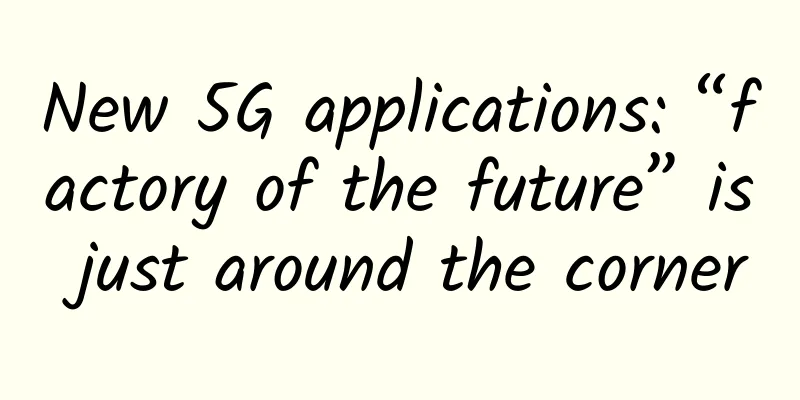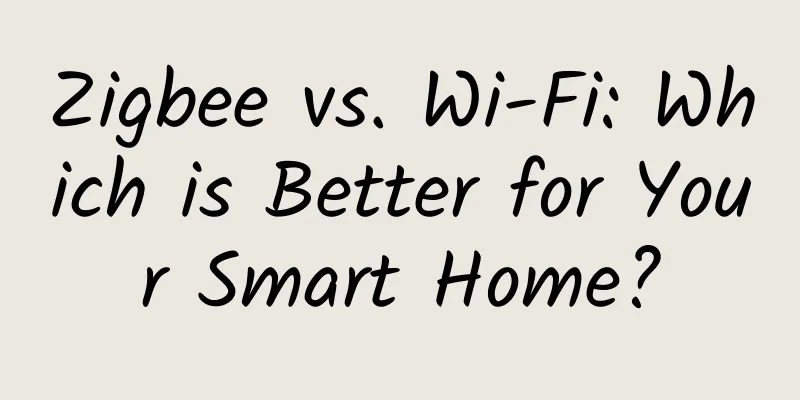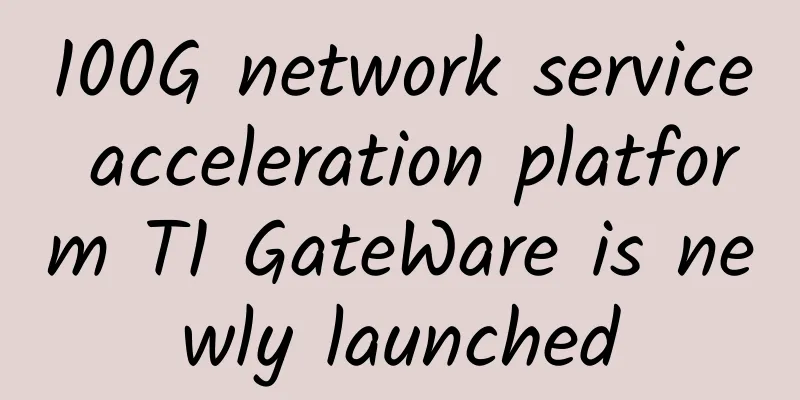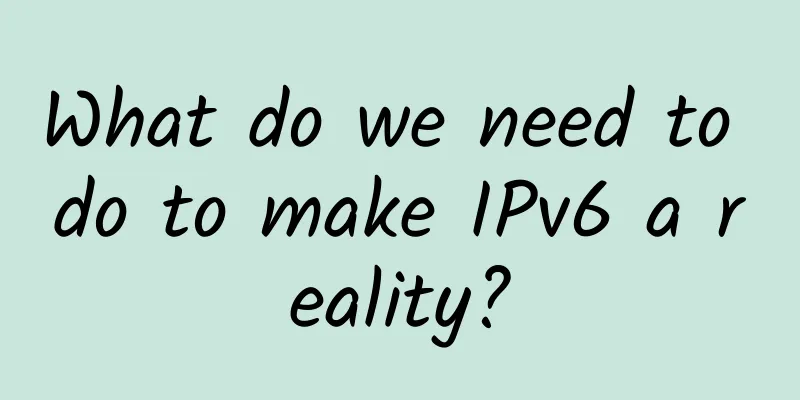New 5G applications: “factory of the future” is just around the corner

|
Qualcomm's recent "What's Next In 5G Series," currently live on YouTube, highlights new products and technologies from the mobile ecosystem leader. Here's a look at what's coming. As 5G technology – the fifth generation of wireless networks following 4G, LTE and 3G networks – continues to develop, it’s becoming increasingly clear that this advancement is turning into a game changer. 5G networks are more than 10 times faster than 4G LTE and are now commercially available to 140 operators in 60 countries. As TechRepublic has previously reported, countless individuals and services still use 3G. According to a report from OpenSignal, as of mid-2019, there were more than 80 million active 3G devices in North America. Meanwhile, upgrading to 5G is becoming increasingly important. The major mobile companies plan to terminate 3G service soon (4G LTE will inevitably follow). AT&T has said it will terminate 3G service around February 2022. Verizon plans to cut off 3G service at the end of 2022, while T-Mobile has pulled out early, saying it expects to start cutting off its 3G network in late 2021 and will continue to shut down until the end of 2022. As COVID-19 forces businesses to shift operations from the physical to the virtual world, strong connectivity is a top priority for businesses. Qualcomm’s latest “What’s Next in 5G Series” (available on YouTube) showcases the current state of the world with 5G networks. "We are seeing an accelerated rollout of 5G technology by operators around the world and growing consumer demand for 5G-enabled smartphones and devices, which is why 5G remains one of the fastest growing ecosystems," John E. Smee, vice president of engineering at Qualcomm Technologies, told TechRepublic. Smith is currently working on "Phase 2 of 5G" - taking the 5G ecosystem beyond smartphones, which will be done in parallel with Release 17 of 3GPP. “I’m excited to see these new use cases move from our innovative R&D designs at Qualcomm to standardization and then commercial deployment so the technology can be in people’s hands,” Smith said. He said some of Qualcomm’s work could help “become the factory of the future.” 5G is now being rolled out across a range of frequency ranges, moving beyond smartphones and mobile broadband. In Smith's view, some of the most promising recent innovations are fixed wireless access (FWA) and video and augmented & virtual reality. Specifically, he said, FWA can help expand connectivity. “Being able to enable 5G connectivity in homes, small businesses and rural communities is a benefit because these groups can take advantage of 5G’s fiber-like speeds over the air,” Smith said. “This ability to leverage the network in mobile scenarios, as well as provide connectivity to homes and businesses, is a great example of unified 5G investments paying off in an increasing number of scenarios.” Using 5G for video and AR/VR is “one of the core foundations of 5G mobile broadband,” Smith said. “The effective and efficient delivery of video — whether it’s streaming a movie or making video calls with colleagues and family members — is one of the most important examples of 5G use cases.” In this age of video teleconferencing, effective streaming has never been more important. 5G, with its wider bandwidth and network capacity, will enable higher data rates, which in turn will result in better video quality, Smith continued. This expansion has implications for areas such as industrial and consumer IoT, transportation, and more. 5G and AI can “work hand in hand to create a connected fabric of smart devices and services,” Smith said. “Processing data closer to its source through on-device AI is important because it provides key benefits, including privacy, personalization, and reliability, in addition to helping scale intelligence.” “What I’m most excited to see is how our research can benefit this growing set of new 5G devices, deployments and applications by translating them into innovations in wireless technology, edge cloud processing and AI,” Smith said. “It’s by stepping back and looking at the bigger picture that allows us to focus on how to push the technologies forward and bring them together in the best possible way.” |
<<: Gartner: Low-code will continue to grow in 2021
>>: GSMA Liu Hong: Who will build the 5G private network? Let the operators do it
Recommend
How are the two engines of future digital transformation: connectivity + cloud grounded?
[51CTO.com original article] After the statement...
iWebFusion clearance special offer for dedicated servers starting from $45/month, multiple data centers in Los Angeles and other places
iWebFusion recently launched an Inventory Closeou...
5G New Year's Guide
The lack of New Year's atmosphere during the ...
Guangzhou Hongfang Zhou Jiaxing: Ruijie system engineer's growth story of "upgrading and fighting monsters"
Zhou Jiaxing, Director of the Authorized Service ...
Asia Cloud: CN2 GIA cloud servers in the United States/Japan/Hong Kong starting from 24 yuan/month, with optional data centers in Shenzhen/Guangzhou/Fuzhou/Shiyan, etc.
AsiaYun is a domestic business founded in 2018. I...
UFOVPS National Day promotion starts at 30% off, top up 200 yuan and get 20 yuan, Hong Kong CN2/Japan CN2 optional
UFOVPS is currently carrying out a National Day p...
Two ways to decrypt HTTPS traffic with Wireshark
principle Let's review the entire handshake p...
Three-minute review! A quick overview of 5G industry development trends in July 2021
After the rapid development in 2020, 2021 is a cr...
The future of the telecommunications industry – opportunities and challenges
The endless emergence of new technologies and con...
OneTechCloud July promotion: VPS monthly payment 10% off/quarterly payment 20% off, Hong Kong CN2/CMI large bandwidth/US CN2 GIA/high defense optional
OneTechCloud (Yike Cloud) has started its July pr...
How 5G, edge computing, and IoT can modernize traditional enterprises
Over the past two years, the global pandemic and ...
Break through with operation and maintenance tools! See how the operation and maintenance department of China Merchants Bank gets along well with development and business
[51CTO.com original article] When traditional ban...
CloudCone: $16.5/year-dual-core/1GB/50GB/3TB@1Gbps/Los Angeles data center
CloudCone's Christmas Sale has begun. The mer...
Foreign netizens are discussing: China's 6G technology is coming out soon, but we are still eager for 4G
China's 5G technology has reached the world&#...
Trip.com QUIC high availability and performance improvements
First, the QUIC multi-process deployment architec...









